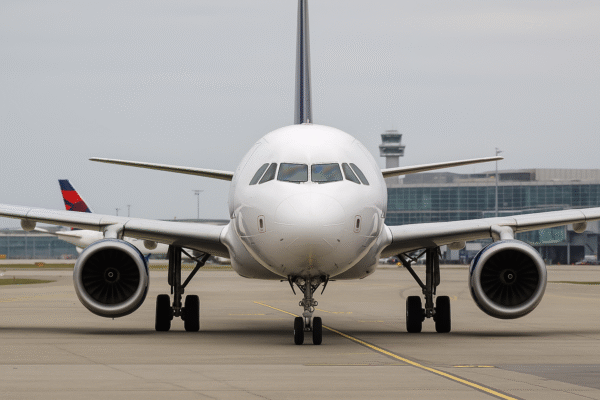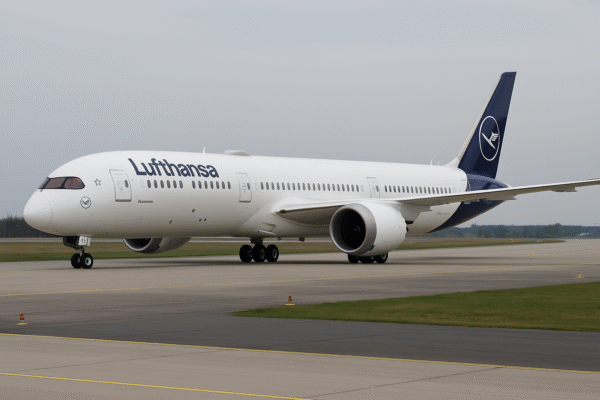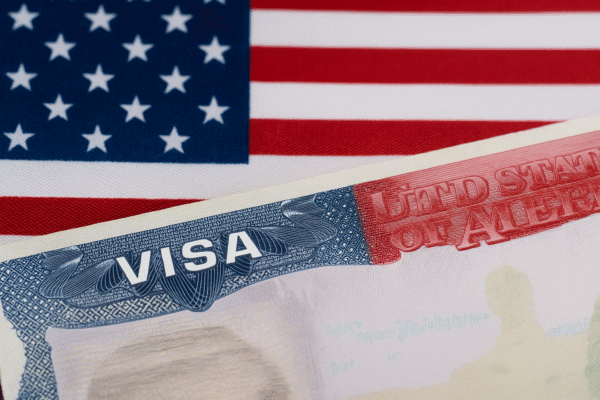The U.S. tourism industry is navigating a turbulent year. A newly imposed $250 “visa integrity fee”, phasing in on October 1, is adding to visa costs and turning a solid majority of travelers away. Alongside mandatory interviews, shorter visa renewals, and tougher checks, international visitors—especially from Britain, Germany, and China—are increasingly postponing or canceling their travel plans. The result: a steep drop in arrivals and mounting concern for the future.
Sharp Drops in Visitor Numbers and Lost Revenue
Already, tourism numbers are heading downward. This year, international arrivals are expected to fall by around 8%, a significant deviation from projections. Many arrivals from key markets have plunged—some by over 15%. As tourism dips, estimated industry losses are approaching $30 billion in revenue, highlighting the heavy stakes tied to these policy shifts.
Hotels, Air Travel, and Shopping Are All Feeling the Pain
Industry ripple effects are widespread and painful:
- Hotels: Occupancy across major destinations, from New York City to Orlando, has dropped 9%. This forced many to lower daily room rates to attract domestic guests.
- Airlines: Commercial carriers are slashing or halting key international routes due to weaker demand and inflated booking costs.
- Retail and Dining: Frontier areas of commerce—gift shops, restaurants, and transit services—are struggling. Tourist-dependent cities witness steep declines in spending, with some small businesses shutting down entirely.
Uneven Economic Impact Across States
Some states are bearing the brunt more than others. Florida, heavily reliant on foreign arrivals, sees a 12–15% drop in tourism-driven income. California and New York are also feeling it. Regions already facing slow economic growth are particularly vulnerable, while destinations like Texas benefit from stronger domestic visitation, helping offset some international losses.
Industry Investors Rethink Strategy
Travel stocks in the U.S.—from hotels to airlines—are lagging behind global peers. In response, investors are looking to favor more accessible tourism markets like Mexico and Southeast Asia, where visa rules remain flexible and entry costs low.
At home, there’s renewed attention to domestic travel trends, including eco-conscious itineraries and extended stays. Domestic tourism spending could hit $1.35 trillion this year—a welcome buffer, but not enough to replace lost international revenue.
Policy Choices Pose Long-Term Challenges
Industry officials warn that these visa barriers could permanently erode the U.S.’s competitive edge in global tourism. In an era when travelers value ease of access and affordability, hardening visa measures may redirect interest to friendlier, more affordable destinations.
Potential Path to Recovery
The good news? Tourism is resilient—especially when policies support it. If the U.S. government considers reducing visa expenses, extending visa validity, or simplifying application hurdles, the industry could rebound. Global events like the Olympics could provide a boost—but relaxation of policy would be the key unlocking renewed growth.
Tourism at a Crossroads
The tourism sector in the United States stands at a crossroads. The combination of a hefty new visa fee, stricter regulations, and declining international turnout is straining hotels, airlines, retailers, and local economies. While domestic travel offers some relief, the long-term vitality of U.S. tourism will hinge on flexibility, competitive policy changes, and the willingness to reopen doors to global travelers.
For more travel news like this, keep reading Global Travel Wire















